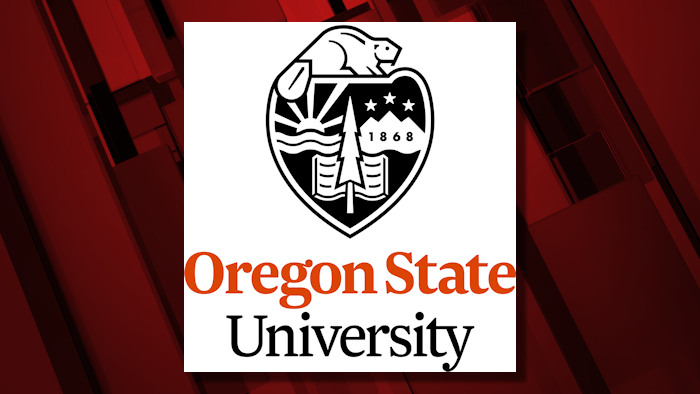Nearly $5M grant to establish children’s environmental health research center at OSU

CORVALLIS, Ore. (KTVZ) — An interdisciplinary team at Oregon State University received a nearly $5 million grant to create a new research center to transform what scientists know about environmental health risks for children into public health interventions and policy.
The five-year grant is from the National Institute of Environmental Health Sciences, part of the National Institutes of Health. It will fund the OSU “ASP3IRE” Center, one of six children’s environmental health research translation centers in the country. The others will be at Emory University, Johns Hopkins University, New York University, University of Pennsylvania and University of Southern California.
The OSU center will be housed in the university’s Hallie E. Ford Center for Healthy Children and Families within the College of Public Health and Human Sciences.
“We know a lot about how environmental stressors can negatively affect children’s health. The purpose of this grant is to translate that research into programs and practice that can reduce children’s exposure to harmful environmental factors and improve their health and well-being,” said Molly Kile, principal investigator on the project and a professor in the College of Public Health and Human Sciences.
For example, asthma is a persistent health issue for children and research has proven that relatively simple environmental interventions in the home can help manage it. Researchers at OSU will teach families how to address conditions within the home that can trigger asthma, as well as how to limit the impacts from seasonal wildfire smoke exposure.
“Getting this information into the hands of families whose children have asthma and helping empower them to make these changes in their home would have long-term positive impacts on their lives. It is also a public health priority for Oregon, where childhood asthma rates tend to be higher than in other parts of the country,” Kile said.
Along with Kile, the OSU team includes Megan McClelland, director of the Hallie E. Ford Center; Allison Myers, director of the OSU Center for Health Innovation; Megan MacDonald, associate professor of kinesiology; Veronica Irvin, associate professor of health promotion and health behavior; and Perry Hystad, associate professor of environmental and occupational health.
The “translation” aspect of the center refers to translating environmental health knowledge into action that improves children’s day-to-day life, Kile said. The ASP3IRE Center will help researchers collaborate with clinical and public health care practitioners, OSU Extension programs and early learning centers around the state to turn evidence-based interventions into policies and programs so they can be easily accessed by families and early learning institutions.
“One of our strategies will be to use Oregon as a living laboratory, where we can take the best available science and infuse it across state-level policies, county-level policies and local practitioners. This type of multi-level approach tends to improve health outcomes more quickly,” Kile said.
The center will educate and train people throughout Oregon about the interventions that are already available. The grant will allow OSU to increase the trainings it already offers for educators on how to protect children from hazards like lead paint and chemicals known to be neurotoxicants, which are harmful to children’s early learning and executive function skills, such as self-regulation.
“A lot of early childhood centers and school settings have no idea that these chemicals are really harmful for children, or how they can control these types of exposures,” McClelland said. “So we can collaborate with them on ways to mitigate those exposures and replace those chemicals with more friendly products.”
For other environmental health risks, researchers are still investigating the most effective ways to implement and design outreach and intervention programs. The grant includes funding for pilot projects to test various interventions as they are developed.
The research team will also work on public health messaging, so that people who hear about effective interventions are more likely to follow up and use them.
“Part of the work the center will do is filter this information and create appropriate, accessible, evidence-based information and deliver it through trustworthy sources,” Kile said. “In five years, we won’t be able to necessarily measure clinical disease impact, but we should be able to measure increased knowledge and awareness of best practices.”
